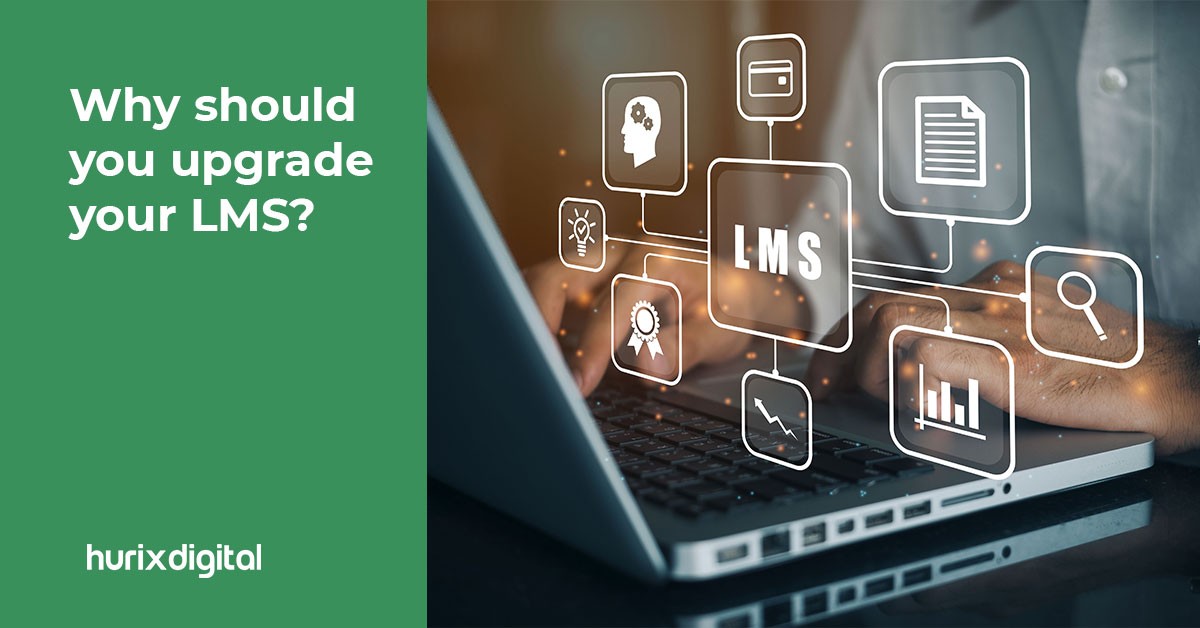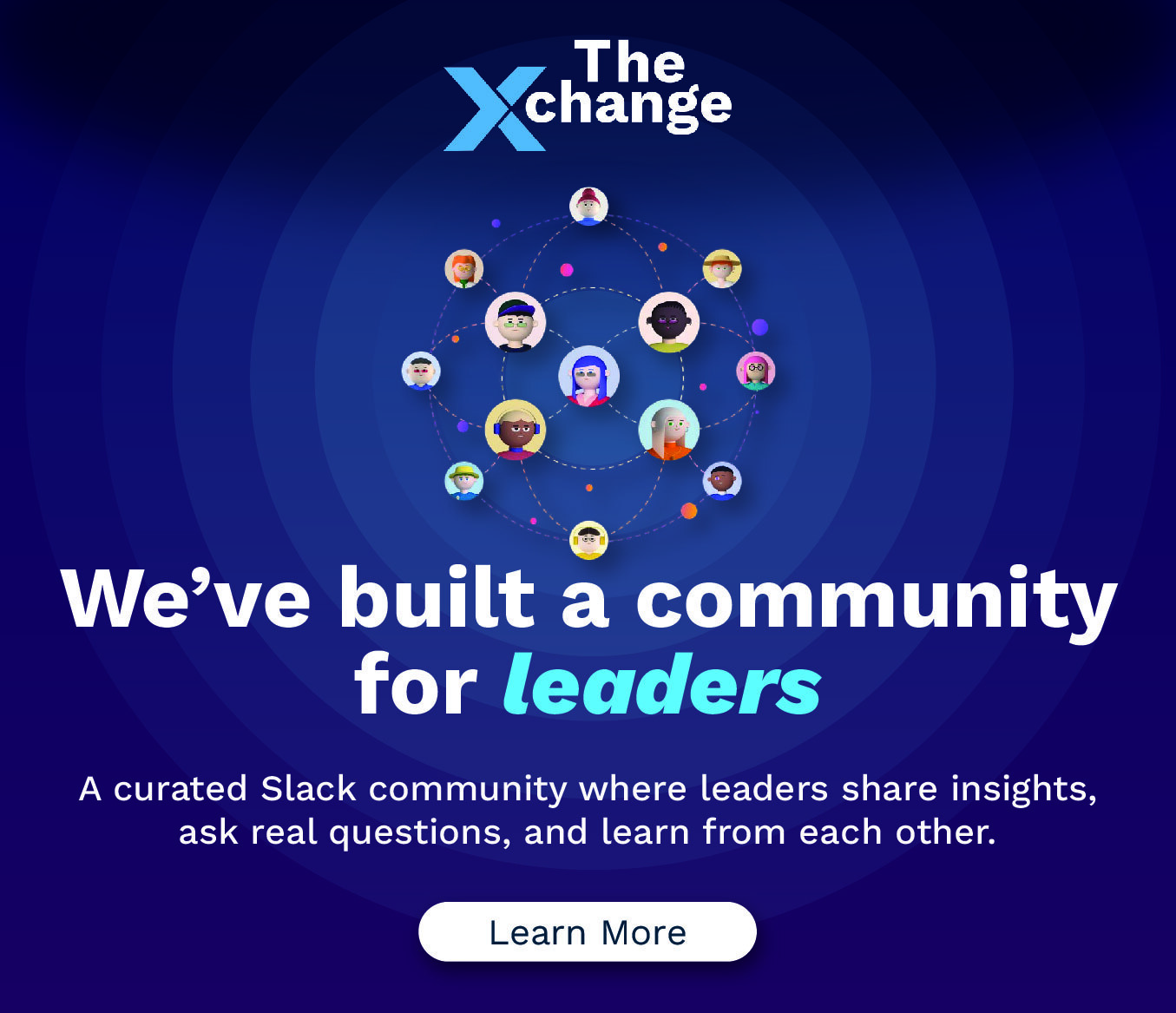
Learning Management Systems (LMS) for Business – Does One Size Fit All?
Summarize with:
Keeping in line with the advancements in technology, more and more organizations across the globe are adopting LMS for business to supplement their learning and training requirements. In fact, eLearning is today one of the fastest-growing markets in the world. According to a study by IBM, implementing an LMS for business can cut costs by at least 50% when replacing traditional, instructor-led learning with eLearning, while also reducing instruction time by as much as 60%.
Table of Contents:
Compared to traditional classrooms, an LMS offers several advantages as learning is not restricted to a physical space. The content may or may not be followed by all learners in the group at the same pace, given their different learning abilities and capacities to retain and recall. An LMS, on the other hand, breaks down larger learning goals into modules, and more recently, into microlearning nuggets, enabling the learners to learn at their own pace. It allows them to revisit concepts till they gain mastery, and also practice the concepts in a virtual environment before putting them to use in real-world situations.
Little wonder then, more and more organizations, including startups, enterprises, publishers, corporations, and educational institutions, are looking for suitable LMS solutions to support the education and training needs of their employees or their customers. In the face of shrinking resources, rising expenses, and scarce funding, it becomes imperative that you make a very prudent decision when investing in an LMS. It is important to keep in mind that one size does not fit all and to decide on the best LMS for your organization, you must define your goals, your budget, your return on investment (ROI), your IT resources, and your end-users. In this blog, we share some basic tips to help you choose an LMS that is right for your organization.
Conduct a Need Analysis
- Define your Objectives: Determine who in your organization you wish to educate or train and also if you require branding and white-labeling to be part of the LMS package.
- Set the Budget: While some LMS solutions do not have a licensing fee, their implementation involves a range of costs including installation, configuration, training, support, and maintenance. Your budget will help you narrow down on the specific LMS platforms available in your range.
- Calculate the Return on Investment (RoI): By projecting your potential sales, you can calculate the likely Return on Investment. You may also decide to increase your investment over time.
- Required LMS Features: Determine whether you require an online platform to deliver online courseware or an integrated platform using which you can combine training with tutor-led elements; and features such as video streaming, integrated conferencing, and communication tools.
- Calculate the Total Cost of Ownership: Apart from licensing fee and implementation costs you also need to consider how the LMS would integrate with your existing IT infrastructure, including your education management system, human resource management system, etc.
- Risk of a Proprietary LMS solution: If you choose a proprietary LMS, you will have restricted access to the source code or none at all, which will be dependent on the vendor. Also, it may become difficult to change vendors at a later stage due to the high switching costs.
- Integration of LMS with current IT infrastructure: Support from IT is critical to a successful LMS implementation. The IT infrastructure assessment will provide information about the current configuration of your organization’s IT programs that exist on the desktop across the enterprise and how they will integrate with the new LMS.
- Ensure your End-users Are Ready for Change: There is always some resistance to change, and this holds good for introducing new technology. There will always be some learners who are not very comfortable with new technology. Then, there is also a need for a change in mindset, from transitioning from traditional classrooms to cloud-based learning, from instructor-led learning to self-paced learning. Therefore, there is a need to assess cultural readiness to adopt LMS. A cultural readiness will help you understand whether you need intense internal marketing of the LMS for the implementation to be a success.
Match your Business Goals with LMS
Every organization has its own set of priorities, which means there can be no one-size-fits-all LMS solution. While your LMS requirements are unique to your business, similar organizations do share some priorities.
1. LMS for Startups or SMEs
Startups can be publishers who wish to sell custom content or companies who wish to build and resell an LMS. These companies often need branding or white-labeling an LMS and so require extensive and innovative features such as gamification and augmented reality.
These companies may also need to train employees or customers as efficiently and as cost-effectively as possible so they can benefit from a Cloud-based LMS that does not require an initial installation and deployment investment.
2. LMS for Enterprises or Corporations
Enterprises generally aim to improve staff skills, increase productivity, and reduce training costs. A majority of corporations and non-academic markets use LMS for internal training and skill certification while a small percentage of companies use their LMS for compliance and onboarding, training or selling courses to others.
Enterprises generally prefer an LMS solution that allows users to personalize the content to learn at their own pace and define their own learning paths. They require features such as video content to help present information in an easily digestible way.
3. LMS for Educational Institutions
Since educational institutions require a learner-centered collaborative learning environment, they look for an LMS that can strategically meet their institutional standards for highly agile, interoperable systems. They also require an LMS that is mobile-friendly, personalized, customizable, intuitive, and has integrated systems designed to enhance learning
Conclusion
Therefore, there is no one-size LMS that fits the needs of all organizations. One way to find the right LMS for your organization is to find vendors administering LMS in organizations like yours with similar goals and objectives and talk to them about their experiences. Their lessons and experiences can help you anticipate and plan for possible pitfalls that may occur during the procurement and implementation processes.
Summarize with:

Vice President & SBU Head –
Delivery at Hurix Technology, based in Mumbai. With extensive experience leading delivery and technology teams, he excels at scaling operations, optimizing workflows, and ensuring top-tier service quality. Ravi drives cross-functional collaboration to deliver robust digital learning solutions and client satisfaction
 A Space for Thoughtful
A Space for Thoughtful 




